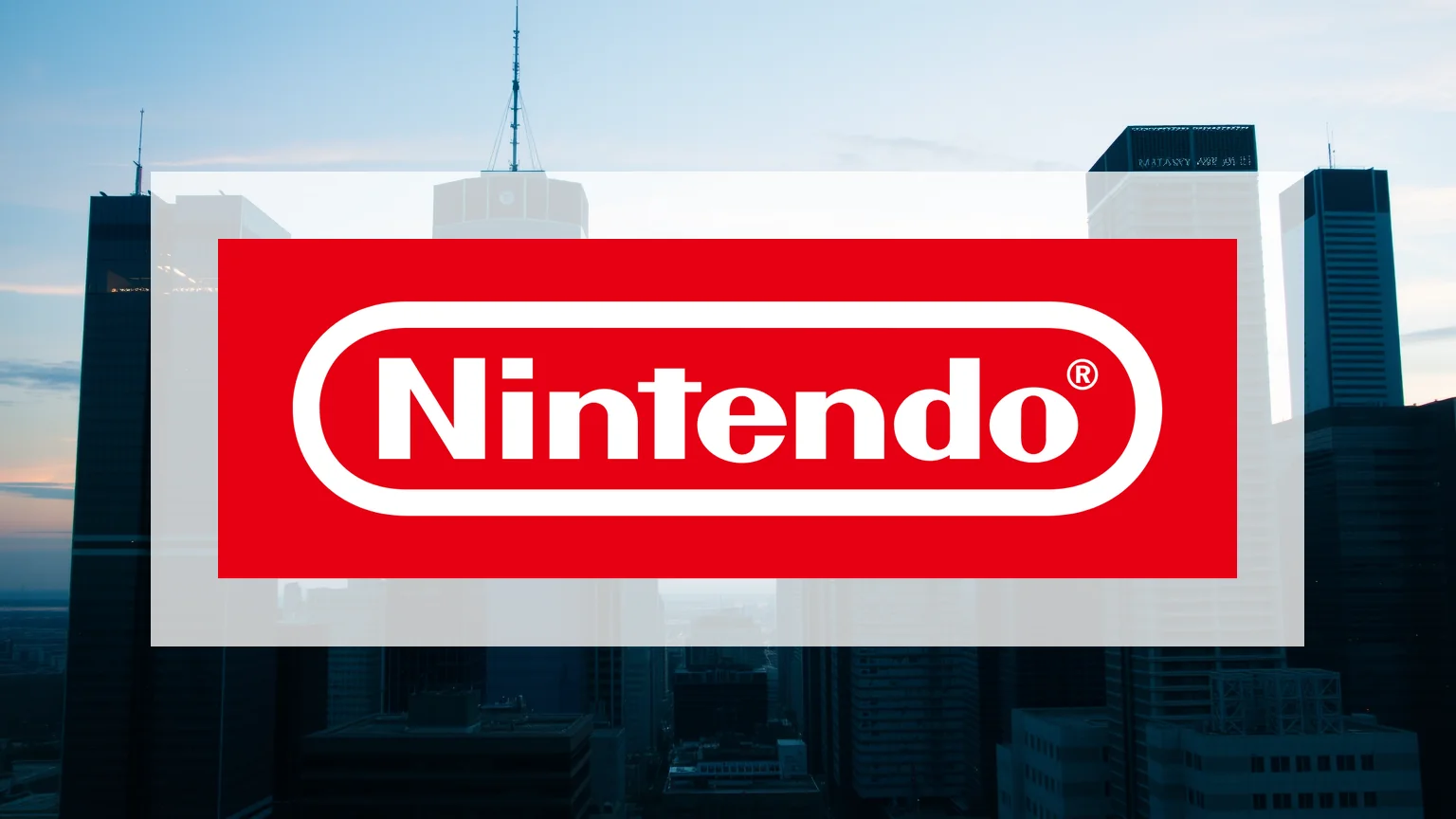The Chinese electric vehicle manufacturer BYD is navigating its most difficult period in recent years. Third-quarter earnings revealed a sharp downturn, with net profit plunging 32.6% to 7.8 billion yuan. This represents the most significant quarterly decline the company has reported in over four years. Furthermore, quarterly revenue contracted for the first time in more than five years, falling 3.1% to 195 billion yuan.
These financial results highlight the intense pressure on BYD’s previously dominant position within the electric vehicle sector. As the company scrambles for effective countermeasures, competitive forces in the market continue to intensify.
Supplier Payment System Overhauled
In a significant operational shift, BYD is dismantling its controversial Dilian payment network. The company announced on November 14th that it will transition to using traditional bills and banknotes, moving away from the electronic promissory notes it introduced in 2018. This system had been a persistent source of strain in its relationships with component suppliers.
The Dilian framework allowed BYD to defer payments to its suppliers for periods of up to one year. Suppliers seeking early redemption of these electronic notes faced a substantial 6% discount, a steep cost compared to the sub-2% rate typically associated with conventional banknotes. This change, however, is not entirely voluntary. Chinese regulators are now enforcing a mandate requiring automakers to settle supplier invoices within 60 days. BYD’s own average payment period for 2024 stood at 127 days, significantly longer than the industry average of 108 days.
Domestic Market Share Erodes
BYD’s foothold in its home market is weakening considerably. The company’s market share dropped from 18% in September 2024 to just 14% by September 2025, with rivals like Geely and Leapmotor capturing key market segments.
Recent delivery figures underscore this troubling trend. October vehicle deliveries declined by 12% year-over-year to 441,706 units, marking the second consecutive month of falling sales. The downturn was particularly severe for plug-in hybrid models, which saw a 31% collapse, although sales of pure electric vehicles managed a 17% gain.
Should investors sell immediately? Or is it worth buying BYD?
Overseas Expansion Offers a Glimmer of Hope
Despite its domestic struggles, BYD is aggressively pursuing international growth. A Citigroup report dated November 11th indicates the company is targeting overseas sales of 1.5 to 1.6 million vehicles in 2026. This ambitious goal would nearly double the projected 900,000 to 1 million units expected for 2025.
This global strategy is already yielding results. In 2025, exports accounted for 20% of BYD’s total vehicle sales, doubling the proportion from 2024. International shipments are roughly divided into thirds between Europe, North America, and ASEAN regions. To support this expansion, BYD is methodically building its production capacity abroad with established plants in Hungary and Brazil, and a potential third European facility in Spain under consideration.
Financial Strain Intensifies
The company’s substantial investments in future technologies are weighing heavily on its current financial performance. Research and development expenditures surged 31% to 43.7 billion yuan during the first nine months of the year.
Simultaneously, inventory levels ballooned to over 150 billion yuan in the third quarter, necessitating production adjustments at its massive manufacturing facilities. In response to these market conditions, BYD has already reduced its 2025 sales target by 16%, setting a new goal of 4.6 million vehicles.
On a more positive note, capital expenditures are projected to decrease significantly in the fourth quarter of 2025 and throughout 2026, as the company’s vehicle and battery production capacity aligns more closely with market demand.
Ad
BYD Stock: Buy or Sell?! New BYD Analysis from November 16 delivers the answer:
The latest BYD figures speak for themselves: Urgent action needed for BYD investors. Is it worth buying or should you sell? Find out what to do now in the current free analysis from November 16.
BYD: Buy or sell? Read more here...












